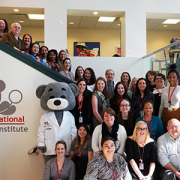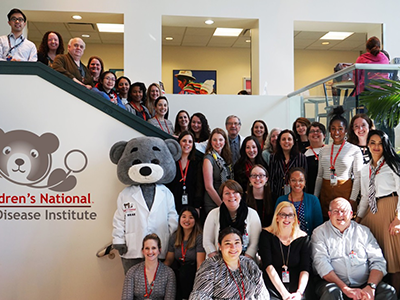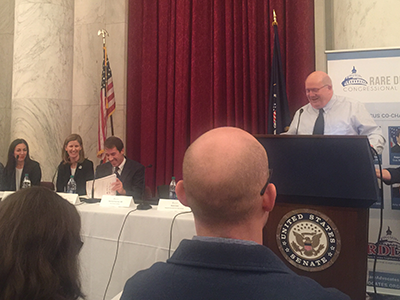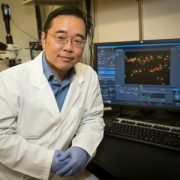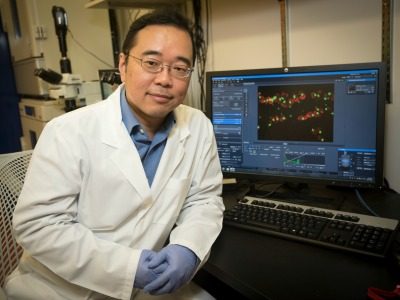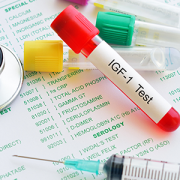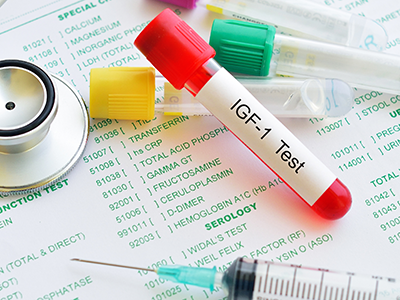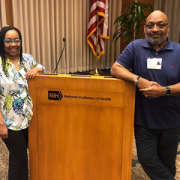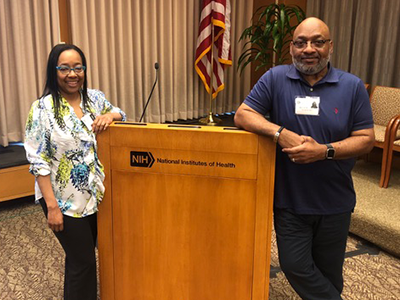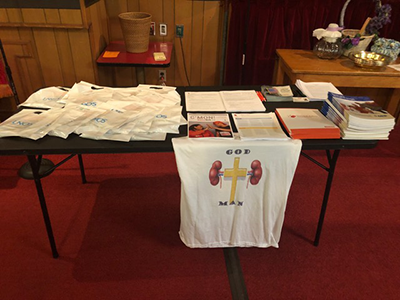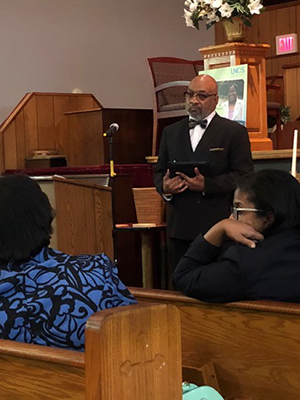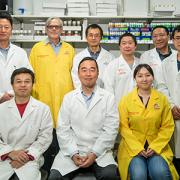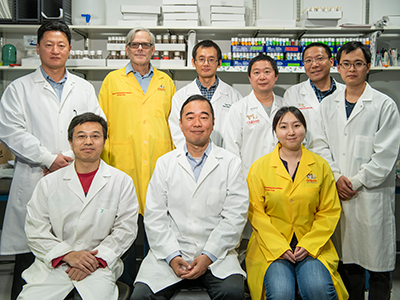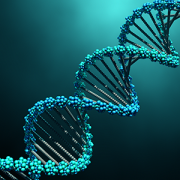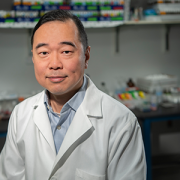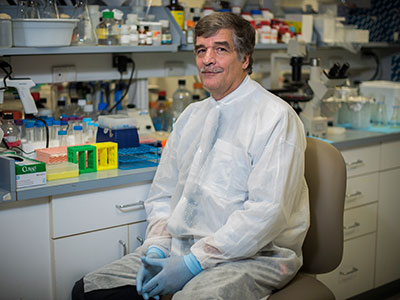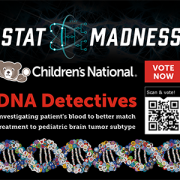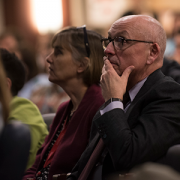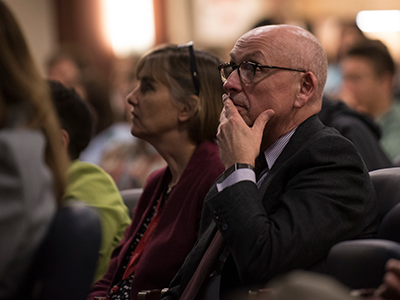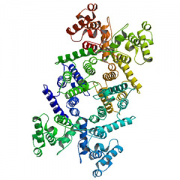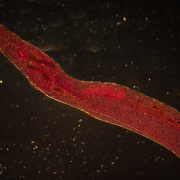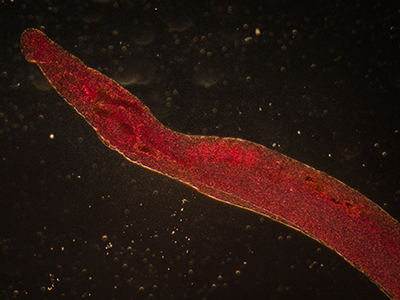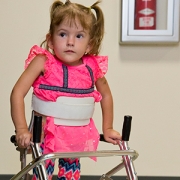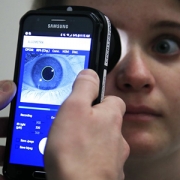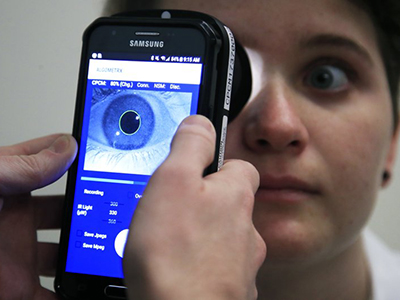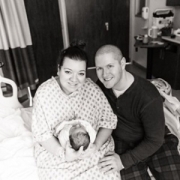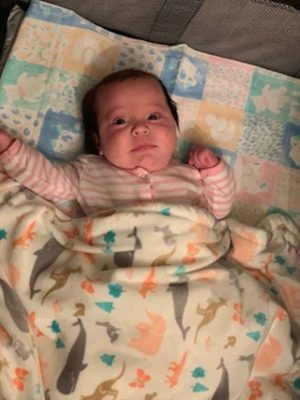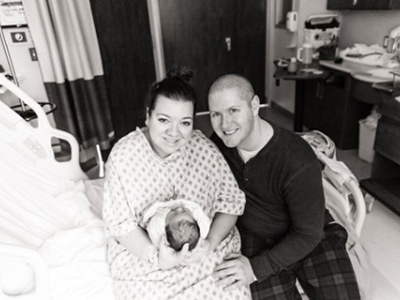40 years, 8 editions: Writing “Children With Disabilities”
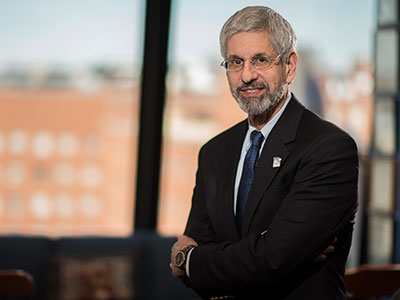
Forty years ago, Mark L. Batshaw, M.D., almost singlehandedly wrote a 23-chapter first edition that ran about 300 pages. Now Dr. Batshaw’s tome, “Children With Disabilities,” is in its eighth edition, and this new volume is almost 1,000 pages, with 42 chapters, two co-editors and over 35 authors from Children’s National.
Back in 1978, Mark L. Batshaw, M.D., was a junior faculty member at John’s Hopkins University School of Medicine. In the evenings he taught a course in the university’s School of Education titled “The Medical and Physical Aspects of the Handicapped Child,” for Master’s level special education students. Because no textbook at that time focused on that specific topic, Batshaw developed his own slide set.
“At the end of the first year of teaching the course my students said ‘You really ought to consider writing a text book based on your slides to help us move forward,’ ” Dr. Batshaw recalls. The father of three carved out time by writing on weekends and at night, cutting back on sleep.
His first goal was to create a textbook that would serve as a curriculum for a series of courses that would be taught at universities to specialists who work with children with disabilities, including social workers, physical and occupational therapists, speech and language pathologists, special education teachers, nurses, doctors and dentists.
“I wanted to cover the whole range of disabilities and divided the book initially into a series of sections, including embryology, to help students understand what can go wrong in fetal development to lead to a developmental disability; and chapters on each developmental disability, including autism, attention-deficit/hyperactivity disorder (ADHD), cerebral palsy, learning disabilities and traumatic brain injury,” he says. “The third section was devoted to available treatments, including occupational and physical therapy, speech language therapy, nutrition and medications. The final section focused on outcomes.”
His second aim was for the book to serve as a reference text for professionals in the field. The 33-year-old contacted a brand-new new publisher, Paul H. Brookes Publishing Co., that focused on special education. “They took a chance on me, and I took a chance on them,” he says.
Forty years ago, he almost singlehandedly produced a 23-chapter first edition that ran about 300 pages. Now Dr. Batshaw’s tome is in its eighth edition, and this new volume is almost 1,000 pages. And, rather than being its sole author, Dr. Batshaw enlisted two co-editors and at least five dozen authors who contributed specialty expertise in genetic counseling, social work, physical and occupational therapy, medicine and nursing. His daughter, Elissa, a special education teacher and school psychologist, authored a chapter about special education services, and his son, Drew, an executive at a start-up company, contributed autobiographical letters about the effect ADHD has had on his life.
The book, “Children With Disabilities,” also includes:
- A glossary of medical terms so that as the reader reviews patient reports they can easily look up an unfamiliar term
- An appendix on commonly used drugs to treat children with disabilities in order to look up the medicine by name and see the range of doses
- An appendix devoted to different syndromes children might have
- A reference section with organizations and foundations that help children with disabilities
- A web site with sections designed for students and other content designed for teachers with thought questions to guide practical use of information in each chapter and more than 450 customizable PowerPoint slides for download
- Call-out boxes for interdisciplinary team members, such as genetic counselors, explaining the roles they serve and their educational background, and
- Excerpts of recent research articles.
“The students say they don’t sell the book. Usually when students have a textbook, they try to sell it second hand after the course ends,” explains Dr. Batshaw, now Executive Vice President, Physician-in-Chief and Chief Academic Officer at Children’s National. “Instead, students keep it and use it as a practical reference as they become professionals in their field. It has had the impact I had hoped for both as a textbook and a reference book: They say they refer to it when they have patients with a particular disorder they’re not used to treating to read up on it.”
Now a bestseller, there are more than 200,000 copies in print, including Portuguese and Ukrainian translations. “It didn’t start that way. It grew organically,” he says.
In addition to Dr. Batshaw, Children’s contributors to “Children With Disabilities” include Nicholas Ah Mew, M.D., pediatric geneticist; Nickie N. Andescavage, M.D., neonatologist; Mackenzie E. Brown, D.O., fellow in Pediatric Rehabilitation Medicine; Justin M. Burton, M.D., chief, Division of Pediatric Rehabilitation Medicine; Gabrielle Sky Cardwell, BA, clinical research assistant; Catherine Larsen Coley, PT, DPT, PCS, physical therapist; Laurie S. Conklin, M.D., pediatric gastroenterologist; Denice Cora-Bramble, M.D., MBA, executive vice president and chief medical officer; Heather de Beaufort, M.D., pediatric ophthalmologist; Dewi Frances T. Depositario-Cabacar, M.D., pediatric neurologist; Lina Diaz-Calderon, M.D., fellow in Pediatric Gastroenterology; Olanrewaju O. Falusi, M.D., associate medical director of municipal and regional affairs, Child Health Advocacy Institute; Melissa Fleming, M.D., pediatric rehabilitation specialist; William Davis Gaillard, M.D., chief Division of Epilepsy, Neurophysiology and Critical Care; Satvika Garg, Ph.D., occupational therapist; Virginia C. Gebus, R.N., MSN, APN, CNSC, nutritionist; Monika K. Goyal, M.D., MSCE, assistant chief, Division of Emergency Medicine; Andrea Gropman, M.D., chief, Division of Neurodevelopmental Pediatrics and Neurogenetics, geneticist and Neurodevelopmental pediatrician; Mary A. Hadley, BS, senior executive assistant; Susan Keller, MLS., MS-HIT, research librarian; Lauren Kenworthy, Ph.D., director, Center for Autism Spectrum Disorders; Monisha S. Kisling, MS, CGC, genetic counselor; Eyby Leon, M.D., pediatric geneticist; Erin MacLeod, Ph.D., RD, LD, director, Metabolic Nutrition; Margaret B. Menzel, MS, CGC, genetic counselor; Shogo John Miyagi, Ph.D., PharmD, BCPPS, Pediatric Clinical Pharmacology fellow; Mitali Y. Patel, DDS, program director, Pediatric Dentistry; Deborah Potvin, Ph.D., neuropsychologist; Cara E. Pugliese, Ph.D., clinical psychologist; Khodayar Rais-Bahrami, M.D., neonatologist and director, Neonatal-Perinatal Medicine Fellowship Program; Allison B. Ratto, Ph.D., clinical psychologist; Adelaide S. Robb, M.D., chief, Division of Psychiatry and Behavioral Sciences; Joseph Scafidi, D.O., neonatal neurologist; Erik Scheifele, D.M.D., chief, Division of Oral Health; Rhonda L. Schonberg, MS, CGC, genetic counselor; Billie Lou Short, M.D., chief, Division of Neonatology; Kara L. Simpson, MS, CGC, genetic counselor; Anupama Rao Tate, D.M.D., MPH, pediatric dentist; Lisa Tuchman, M.D., MPH, chief, Division of Adolescent and Young Adult Medicine; Johannes N. van den Anker, M.D., Ph.D., FCP, chief, Division of Clinical Pharmacology, Vice Chair of Experimental Therapeutics; Miriam Weiss, CPNP-PC, nurse practitioner; and Tesfaye Getaneh Zelleke, M.D., pediatric neurologist.







